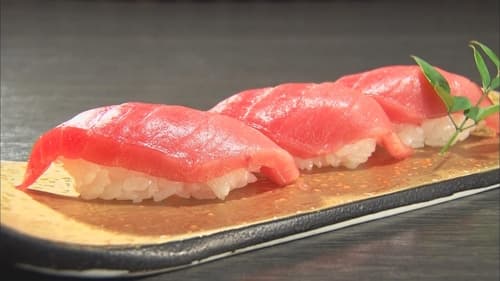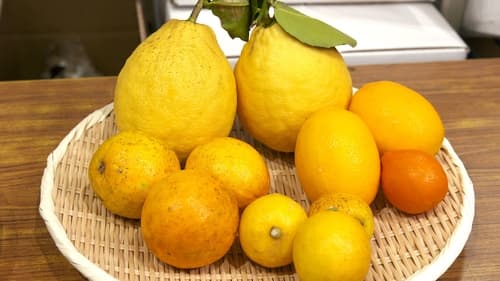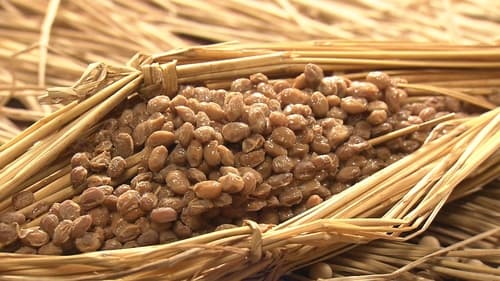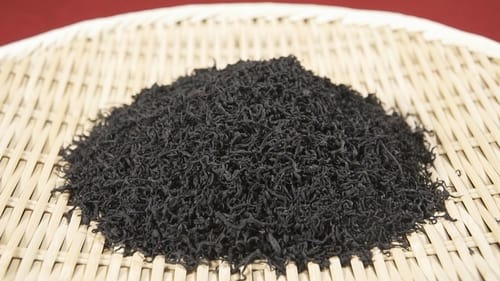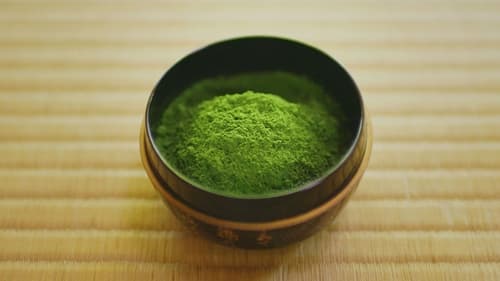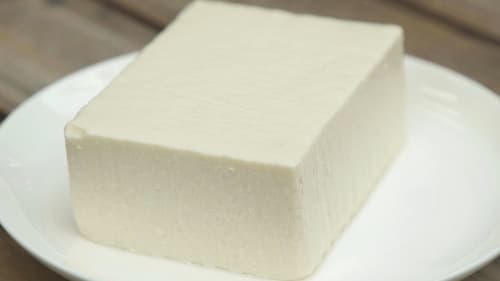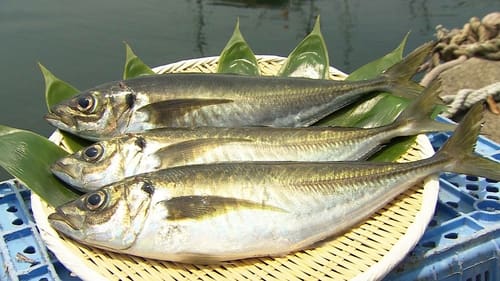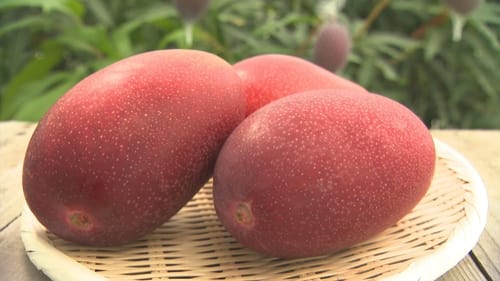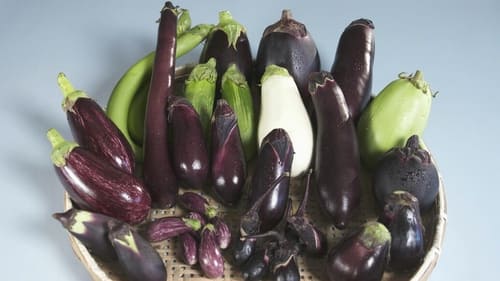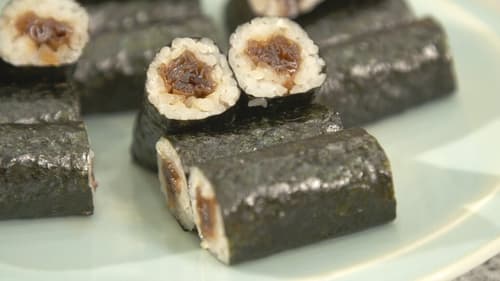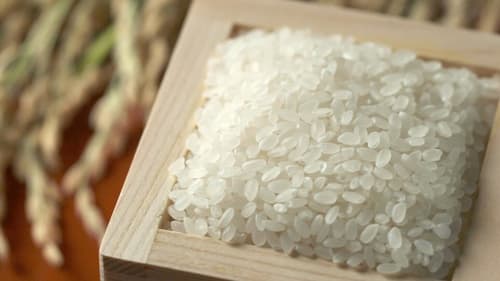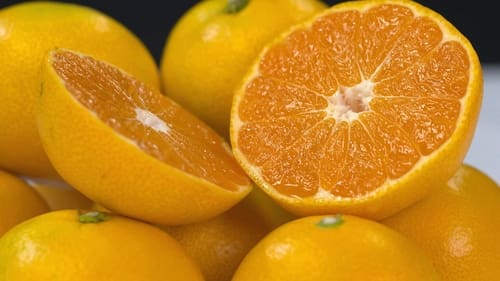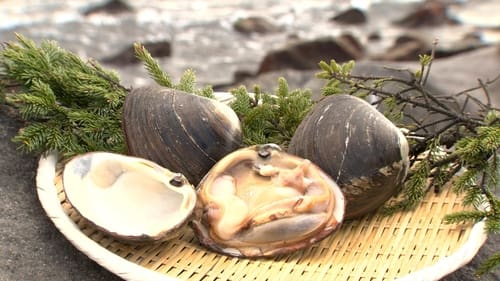
Documentary

The Best Episodes of Trails to Oishii Tokyo Season 1
Every episode of Trails to Oishii Tokyo Season 1 ranked from best to worst. Discover the Best Episodes of Trails to Oishii Tokyo Season 1!

The Best Episodes of Trails to Oishii Tokyo Season 1
Documentary
Every episode of Trails to Oishii Tokyo Season 1 ranked from best to worst. Discover the Best Episodes of Trails to Oishii Tokyo Season 1!
Delicious food from Tokyo's markets! Learn about the amazing ingredients which are sourced from across Japan and sold at Tokyo's fresh food markets.
Seasons7
Season 1 Ratings Summary
"MAGURO" is the best rated episode of "Trails to Oishii Tokyo" season 1. It scored /10 based on 0 votes. Directed by Unknown and written by Unknown, it aired on 3/27/2019. This episode is rated 0.0 points higher than the second-best, "LEMONS".
